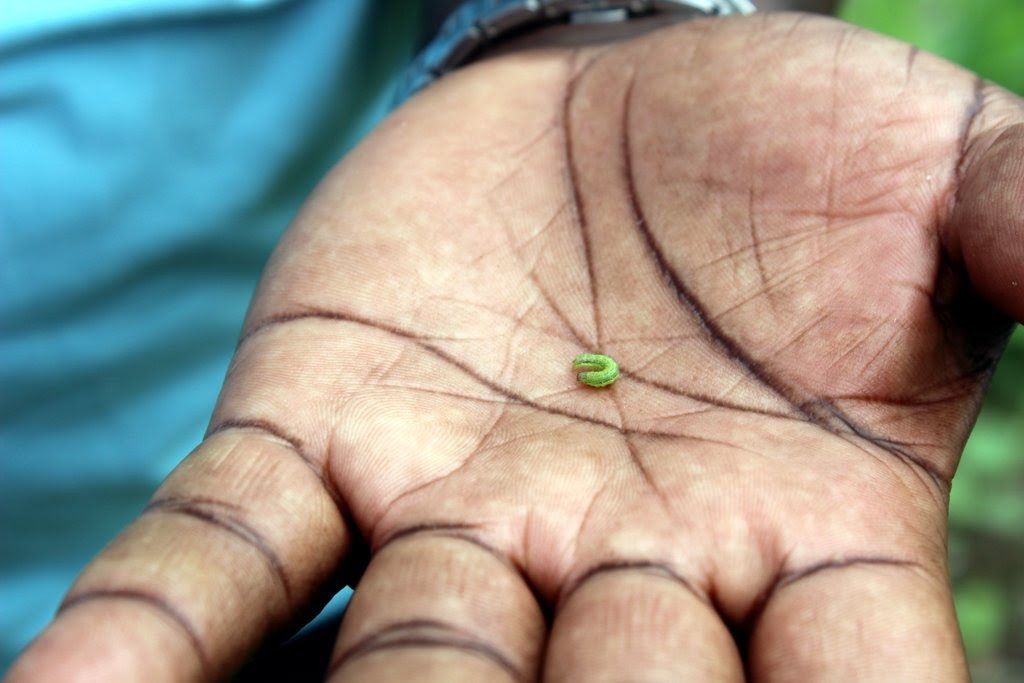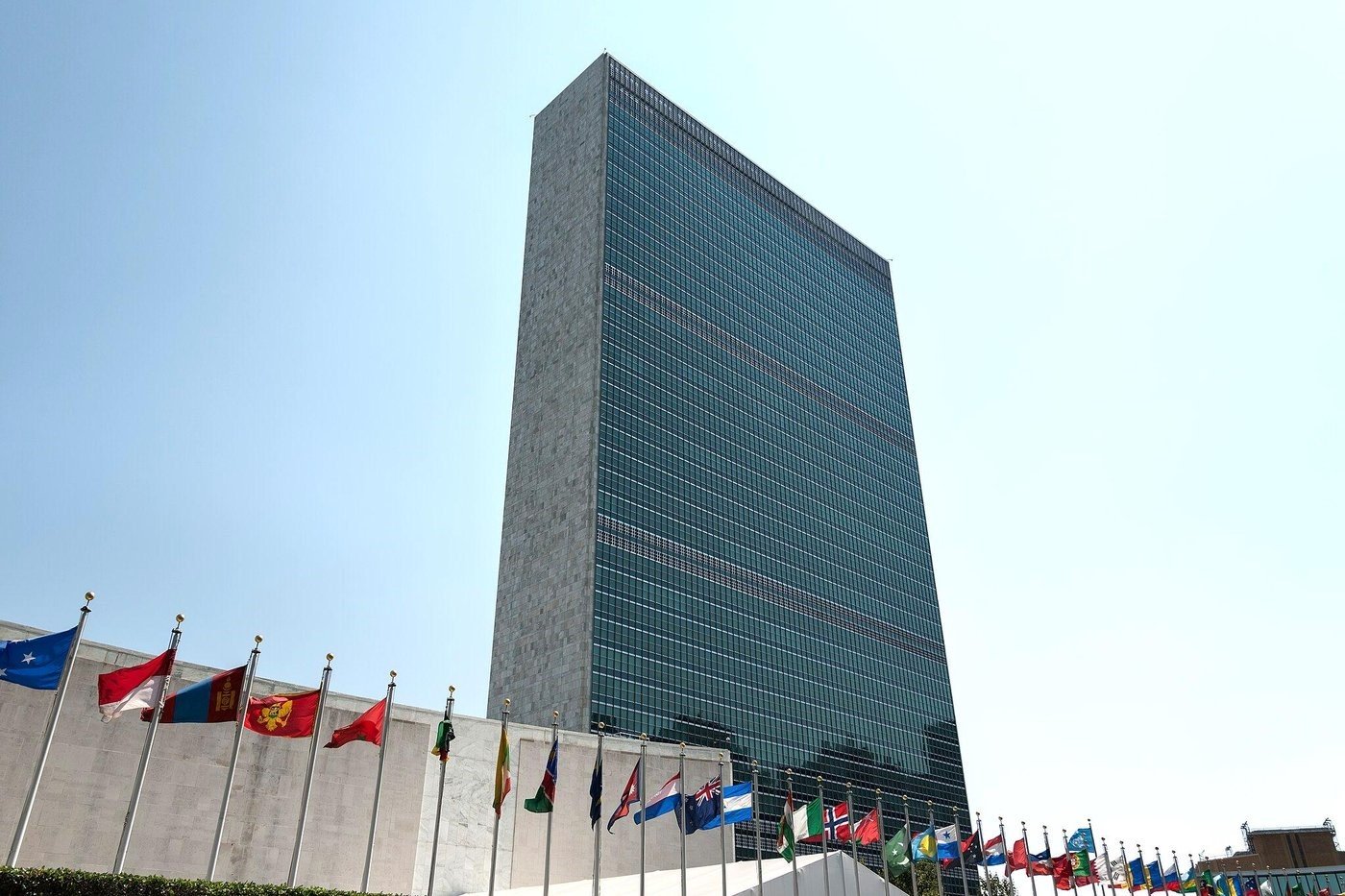Africa currently grapples with a confluence of challenges ranging from conflicts to migration, climatic extremes — drought and flood; transboundary and invasive pests including the fall armyworm (Spodoptera frugiperda), tomato leaf miner (Tuta absoluta), desert locust in Eastern Africa, and the spread of human epidemics including HIV/AIDS and the most feared Corona virus (COVID-19). The worrisome aspect of the complex situation is that they all demand attention, action and huge amounts of financial and non-financial resources. There may be a natural tendency for governments and development communities to become “fatigued” when multiple challenges converge. The African continent is slowly recovering from multiple challenges that have battered it in the recent years, most of which may affect the potential of Africa to feed itself or compromise its ability to achieve the Sustainable Development Goals (SDG) targets.
When trees fall on one another, the topmost tree receives the priority of being removed first.
As the African saying goes, “When trees fall on one another, the topmost tree receives the priority of being removed first.” This implies that when emergency situations compete, the latest or most threatening, especially to life and livelihood, receives the greatest attention. Of course, that is logical, but unlike fallen trees, these crises will keep mounting until something is done. In particular, the fall armyworm no longer dominated the headlines once the desert locust marched on the continent, and has been pushed even further back as the COVID-19 asserts its geographical spread throughout the continent, albeit with relatively low intensity. But because of its devastating effect on a variety of crops and all stages of crop production, the fall armyworm is one food systems-related pest that can alter the path towards achieving the SDGs. This article focuses on the need to urgently scale up efforts to combat this notorious pest, which is a potential arbiter of food insecurity in Africa — the so-called “silent tsunami” — as the peril and cost of inaction can be huge
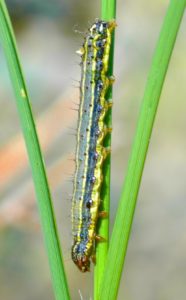
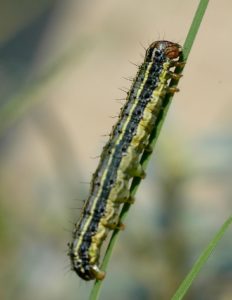
What Is at Stake for the Fall Armyworm Spreading?
The fall armyworm (FAW) has spread from the tropical Americas, its natural habitat and origin, to Africa, the Near East, Asia and the Pacific. This pest has been sweeping across the continent since its first appearance in 2016. Generally, it is known to affect 80 different crops, especially the staple crops, including maize, rice, sorghum, millet, sugarcane, vegetable crops and cotton. It has now been reported in 44 African countries. Analysis of fall armyworm attacks in 12 countries is reported to have cost farmers and producers 40% of harvests in 2018, translating to potential maize yield losses as high as 17.7 million tonnes annually. The economic value of fall armyworm damage to maize alone was estimated at US$ 2.5-6.3 billion dollars annually (averaging U$ 4.6 billion annually). In addition, losses are estimated at US$ 6.7 billion for rice, US$ 2.8 billion for sugarcane and US$ 0.8 billion for sorghum. This amount is enough to feed tens of millions of people. The fact that this crop-guzzling pest has preference for maize, the number one staple crop on the continent, especially in southern and eastern Africa, escalates its impact on food security and livelihoods of over 300 million people — small holders and producers, and market participants across the value chain.
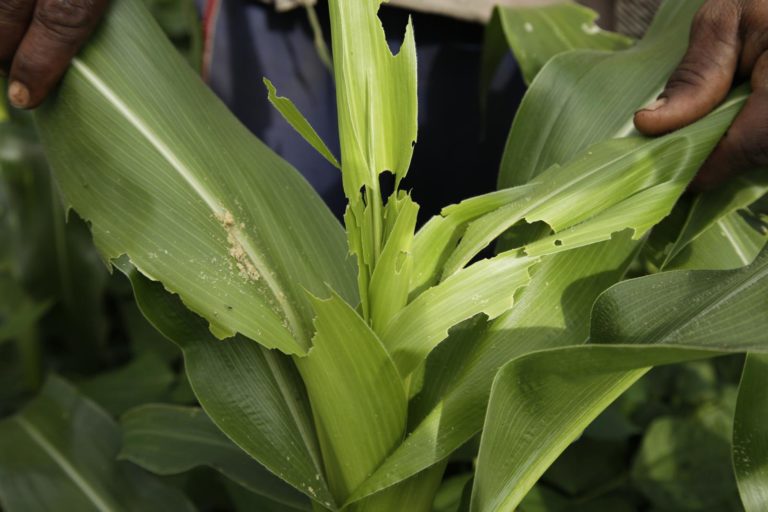
Although the fall armyworm has no respect for international borders and is now a global threat, Africa remains the most vulnerable to this voracious pest, and smallholder farmers feel largely helpless. As the role of maize in the food system is irreplaceable, continued spread of the pest will spell doom for the continent. For instance, 98% of farmers in Ghana and Zambia reported their maize to have been affected. Economic impact of US$ 117 million in Ghana and US$ 159 million in Zambia was estimated in crop loss.
What Can Be Done?
In an effort to urgently stop the aggressive marching of fall armyworm, the Director General of Food and Agriculture of the United Nations (FAO), Dr QU Dongyu took a bold step by launching a US$ 500 million call for Global Action for fall armyworm Control in December 2019. This three-year (2020-2022) global initiative will take direct, pragmatic and coordinated measures to strengthen the prevention and sustainable control of this transboundary pest. These measures include establishing global coordinating mechanisms and intensifying collaborative dialogue toward common, practical, efficient and integrated development solutions. Partnership is key. FAO Director-General, Dr QU Dongyu said, “We will need to step up the alliance among key partners from all relevant sectors at the global level.” In the last three years, FAO has supported the implementation of 63 projects on fall armyworm, mostly in Africa. These projects focused on developing good practices and sharing and accumulating knowledge and vital lessons.
Why Fall Armyworm Is a Formidable Challenge
- There is consensus that once established in a suitable area, fall armyworm can never be eradicated nor can its spreading be easily halted. Warm temperatures in Africa make it suitable for the fall armyworm to rapidly spread to areas that are similar to its original native habitat in the Americas — tropical and subtropical environments — making survival possible all-year-round.
- Its preference for maize — the most important staple crop in Africa that covers 17% of cultivated area. Nearly 300 million people in sub-Saharan Africa depend on maize for food and livelihood.
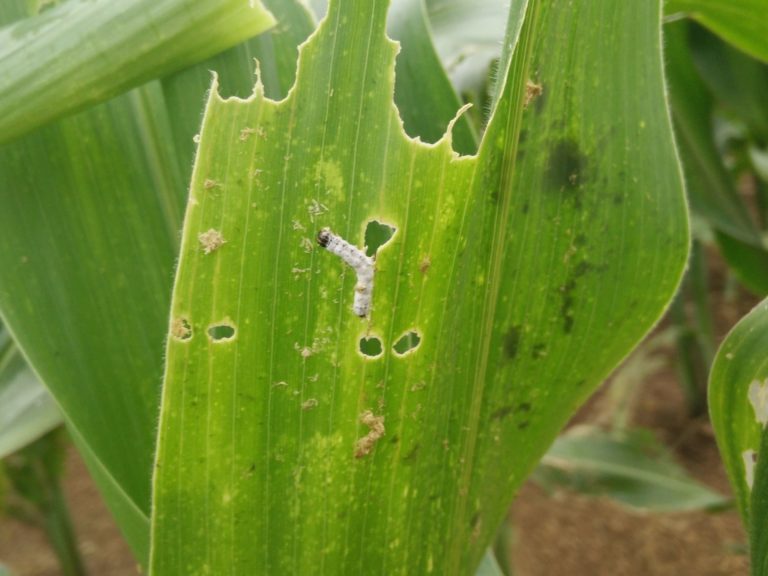
- Its high mobility, agility and adaptability. The moth can migrate up to 100 km in a single night, and can even fly longer distances when the wind is favorable.
- The caterpillar stage of the life cycle does all the damage, the female moths lay eggs. The fact that it attacks a wide variety of crops, nearly all stages of vegetative growth and different parts of the crop (leaves, stalk, ear or cob, corn).
- Its high reproductive capacity combined with its ability to reproduce throughout the year allows it to damage crops year-round.
- Many of the widely used pesticides in Africa fall in the mode-of-action classes to which fall armyworm has already developed resistance in the Americas. Some of its strains have shown resistance to genetically modified maize.
- There is increasing concern that the fall armyworm will increase the use of chemical sprays as most responses on the African continent have been synthetic-pesticide based. This renders a large diversity of non-target insects vulnerable, including bees, wasps and others, both predators and parasitoids, as well as micro-and macrofauna.
Taking the Bull by the Horn
A battery of options has been developed, tested and tried across the continent, and elsewhere, and sometimes the approaches have been ad hoc, and with mixed results. This, coupled with farmer desperation, has led to the indiscriminate or unregulated use of chemical pesticides. Soldiers were deployed to spray fields in Rwanda as was the air force in Zambia to position the pesticides across the vast country. As of now, the feasibility of finding a lasting solution or eradicating the fall armyworm is not in view, at least not immediately. Nonetheless, experts generally agree that the integrated pest management (IPM) approach, based on sustainable options, is the best solution. These may include, but are not limited to:
- Digital solutions, e.g., FAO and Penn State University have jointly developed the use of an Android App Fall Armyworm Monitoring System (FAMEWS). Through this partnership and with a consortium of international research centres (such as CGIAR) an innovative, talking app -PlantVillage Nuru has been launched to help African farmers recognize fall armyworm, and other pests and diseases, so that they can take immediate steps to destroy them and curb their impact and spread.
- Use of biopesticides, e.g., neem and other botanicals.
- Biocontrol, through identification and use of indigenous as well as natural enemies, e.g., predators and parasitoids (wasps), bacteria and viruses.
- Good agronomic practices, including intercropping with legumes, crop rotation, proper weed control, improved soil health, agroecology, and agroforestry, etc.
- Development of fall armyworm resistant varieties, using modern breeding methods including gene editing.
However, many of these options need further research and development. There is a lack of capacity while the biosecurity policies and measures are inadequate in many African countries. If these are not addressed, more pests will arrive to the continent. Therefore, investment in R&D and strengthening national and regional competencies is needed urgently.
Innovation Has a big Role to Play
The key is agricultural innovation. For instance, an updated smartphone app FAMEWS is a powerful tool. FAMEWS is available in 29 languages, providing real-time and field-level information about the pest’s location, prevalence and spread to a global data platform every two hours, with specific tips on how to contain the infestations. In addition, the Nuru talking app has artificial intelligence capability, and is available in English, French and Swahili. It is capable of identifying the caterpillar by “holding a cellphone to a sick plant,” said David Hughes of Penn State University. He further likened Nuru to an extension officer who is always there to assist farmers on their farms, both on and off-line.
Looking Forward
As mentioned earlier, fall armyworm is only one of the problematic pests. Recent analyses show that there are many more pests threatening food systems in Africa, while many African countries are poorly prepared for the anticipated increase in incursions of new and more devastating insects and pathogens. Therefore, it is important to use the fall armyworm as a case study and step up concerted efforts at national and regional levels towards a more holistic approach.
The efforts must be underpinned by policies to remove barriers, adequate resource mobilization plans, responsible investment, including agri-invest tools on SDG compliance, technical and institutional capacity support and public-private partnerships.
The focus of any approach to addressing a pest problem must put the efficacy, food safety, environmental integrity, sustainability and public health at the fore front. This is how the success of combating fall armyworm falls and rises depending on effective and responsive governance. The efforts must be underpinned by policies to remove barriers, adequate resource mobilization plans, responsible investment, including agri-invest tools on SDG compliance, technical and institutional capacity support and public-private partnerships.
Editor’s Note: The opinions expressed here by Impakter.com columnists are their own, not those of Impakter.com — In the Featured Photo: Fall Armyworm in Cabo Verde during field visits in Santiago Island, Cabo Verde, as part of the FAO Fall armyworm mission assessment — Featured Photo Credit: ©FAO/Antonio Palazuelos


